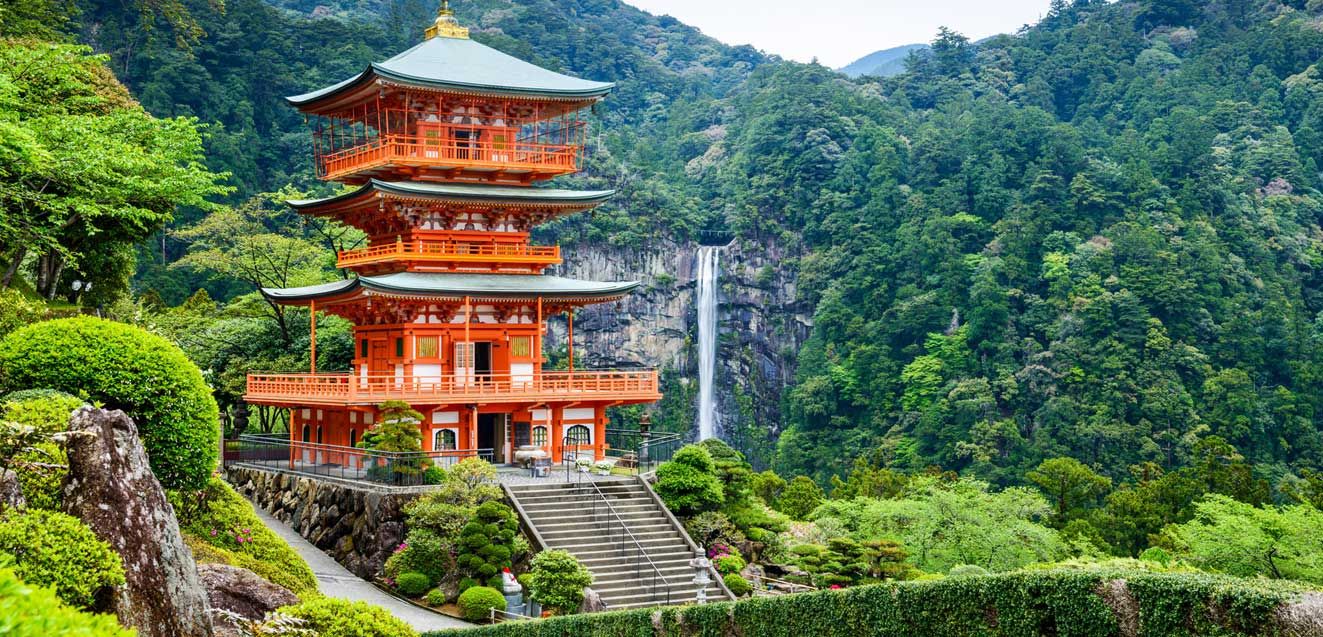If you think you have enough time, desire, and money to travel anywhere, you are wrong. In certain places, there is no room for tourists…
#1. Surtsey Island
In 1963, in the waters of Iceland, from the eruption of an underwater volcano, an island with an area of 2.7 square kilometers was formed in a very short time. It immediately attracted the attention of scientists from around the world, as an extraordinary example of the formation of an island and the birth of a new life. Since then Surtsey, named after the mythological character Surtr, the god of fire giants, has only served scientific purposes and is considered a no-go area for tourists.
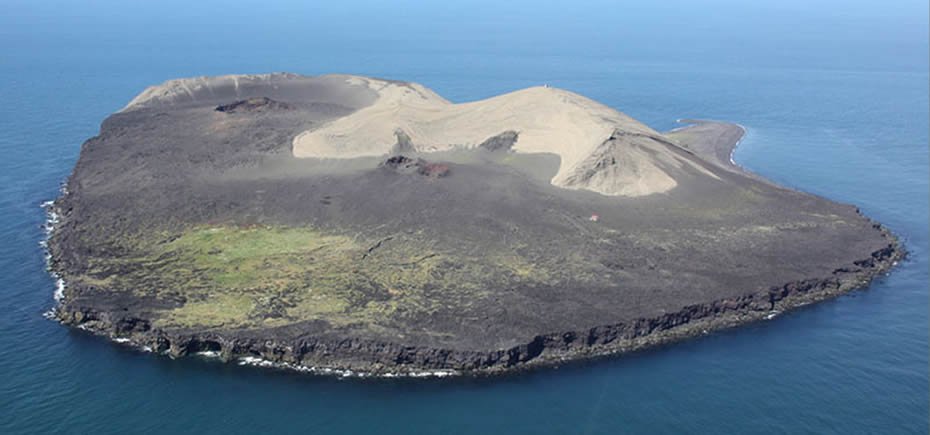
#2. Ilha da Queimada Grande
Ilha da Queimada Grande, located 35 km off the coast of Brazil, looks like a real paradise. But the journey to this place can pay off with life, as it is invaded by venomous snakes; with an area of 0.43 square km, this place is populated by 4 thousand snakes. One of the most dangerous is Bothrops insularis, or golden snake. That is why the Brazilian authorities forbid anyone to visit this island, which is also called ‘Snake Island’.
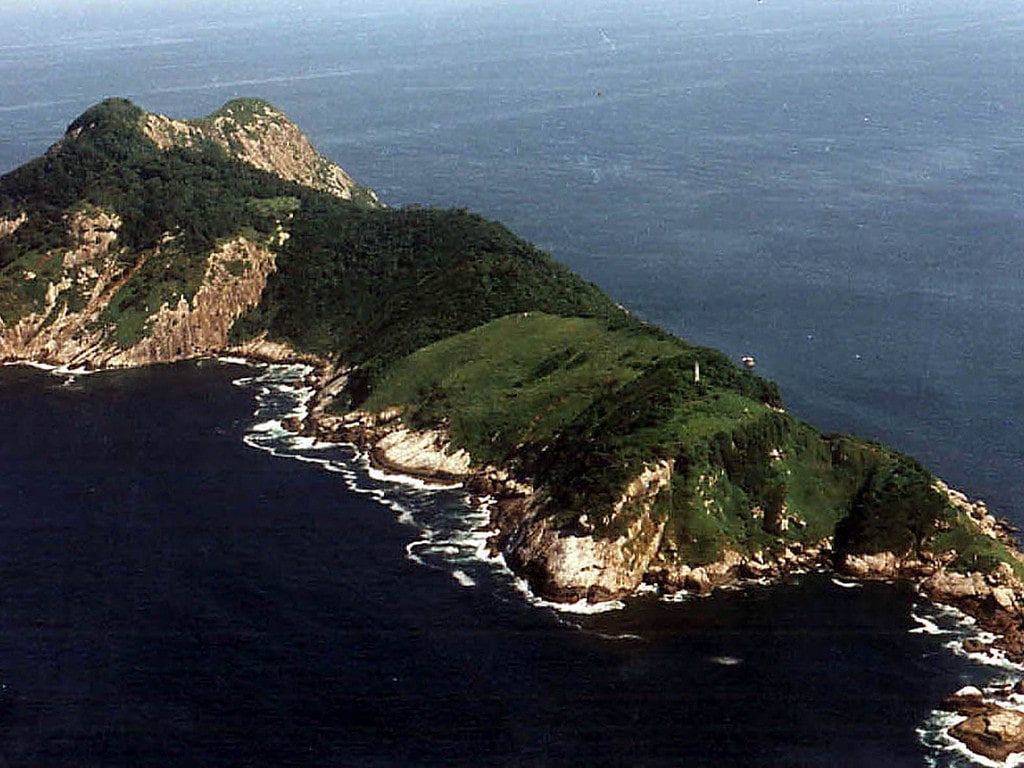
#3. North Sentinel Island
One of the Andaman Islands in the Bay of Bengal is home to a dangerous Sentinelas native tribe; they avoid any contact with civilization and react harshly to any interference. According to scientists, the aboriginal inhabitants have spent 60,000 years in isolation from the rest of civilization. These people are actively defending their territory. For example, in 2014 they shot an Indian government helicopter, which flew over the island after a tsunami to see if the locals needed help. Their latest victims are some missing fishermen; after their killing, the Indian government asked citizens to stay away from the residents of Sentinel and their land.
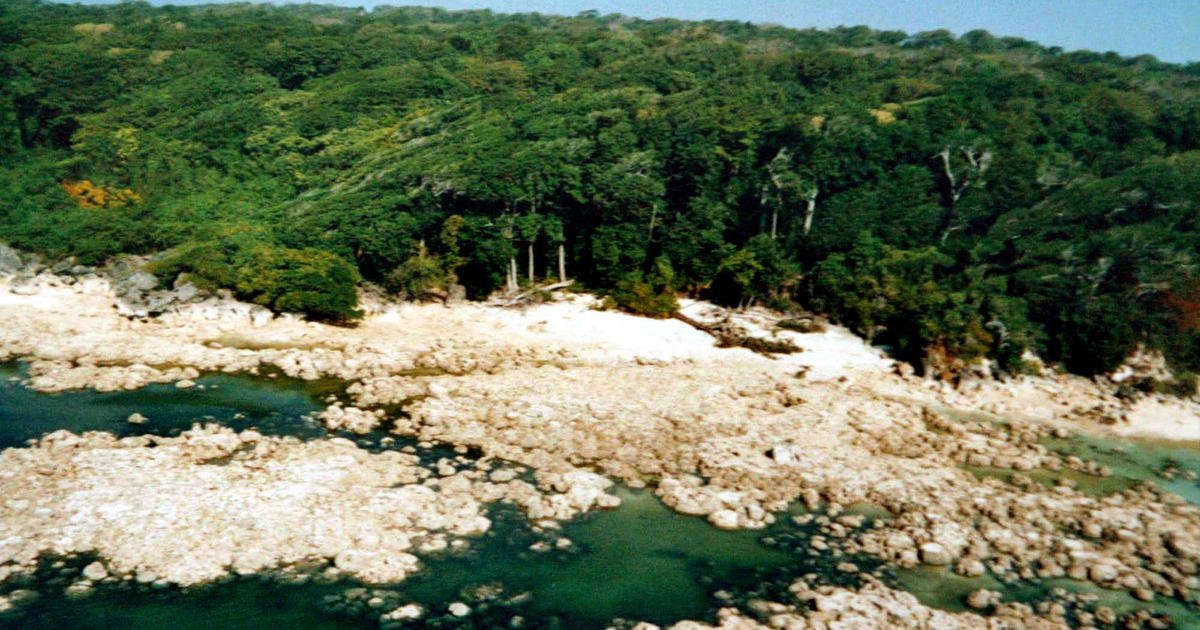
#4. Great Ise Temple, Japan
In Japan, one of the most important shrines in the country is the Ise Jingu Temple Complex. The main temple is surrounded by a high wooden fence; only high-ranking priests and members of the imperial family are allowed inside. Until 1945 ‘Ise’ was an even more difficult place to reach: the temple was separated from the outside world by the Miyagawa River, which symbolized the border with the ordinary and the sacred. The monks were strictly forbidden to cross the river: it was believed that this would lead to the violation of the sacred sanctity and would cause trouble for all of Japan.
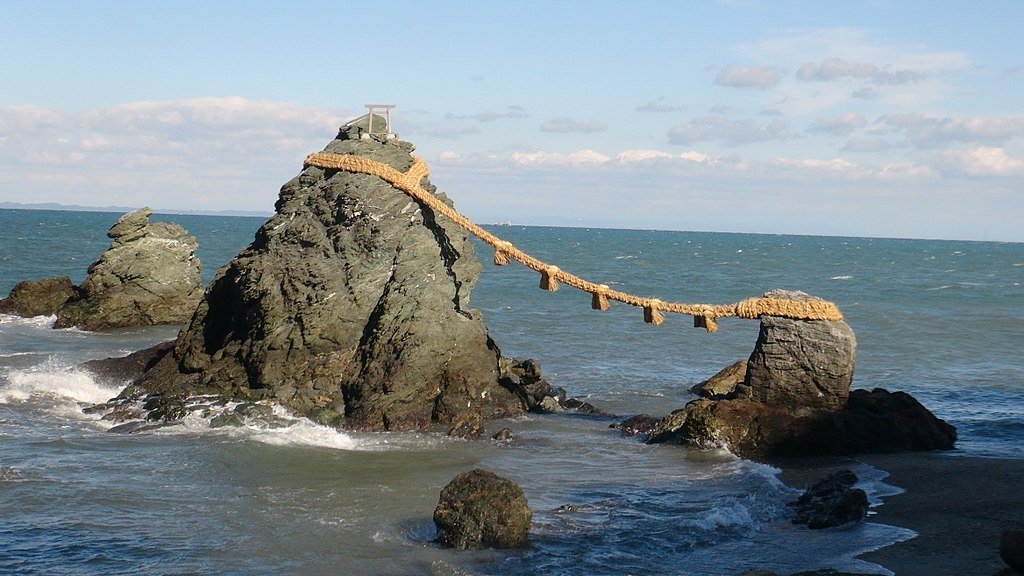
#5. Gruinard Island
In 1942, the British government bought the Scottish island of Gruinard to conduct biological weapons tests, in particular anthrax. During the experiment, it was found that anthrax had polluted the territory for a long period of time, causing the death of the population in 95% of cases. Until 1980, the island was one of the deadliest places on the planet. Only in 1986 scientists finally begin the ‘disinfection’ of the ominous island, and it was declared safe in 1990. However, no one settled there anymore. Experts warn that spores of anthrax may still be left on the island’s soil, meaning it will not be suitable for living for hundreds of years.
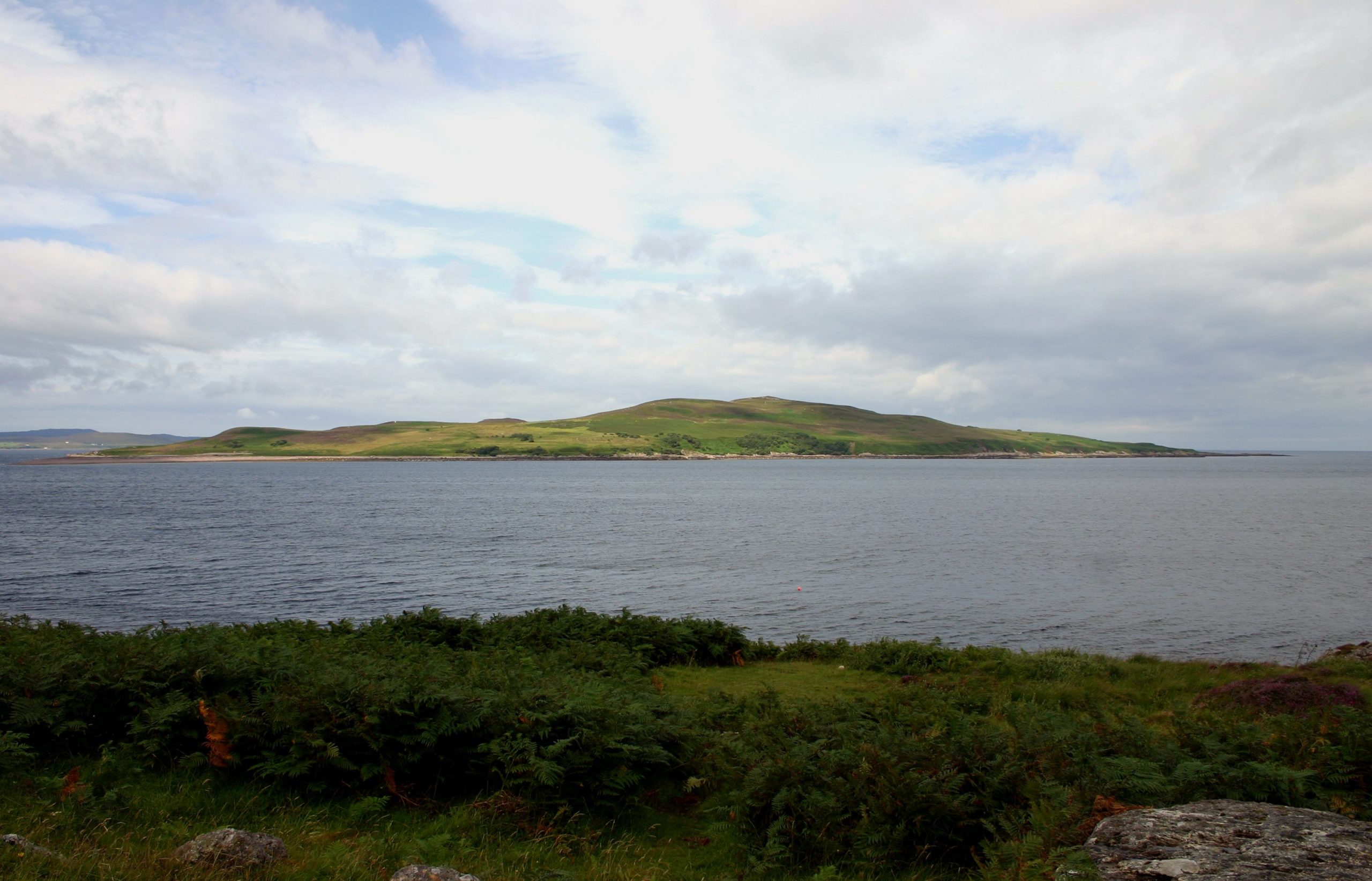
> Check Next: X Æ A-12 Musk: Here’s what Elon Musk’s baby’s name means and how to pronounce
What do you think about this? Let us know your thoughts, Drop a comment and let us know in the comments section below. Follow us on Twitter and Facebook for more news and updates.
